We live in a dry climate. Central Wisconsin, where both Pam and I grew up, receives around 34 inches of precipitation per year. In western Colorado the annual average is around 9 inches per year. To put it another way, Milwaukee gets more rain by the end of April than we get all year long.
So, its dry. Interestingly, that does not mean we are without lakes and pockets of water. Where there is water there are alpine flowers.
Grand Mesa, the Flattops, and other high-altitude areas are around us. I took a motorcycle ride last Sunday to the top of Grand Mesa and took a few pictures of some of the small lakes that dot the area and photographed some of the wild flowers currently in bloom.
This photo is our current desktop image. It looks better blown up a bit! If you go back a few posts and look at the one detailing my sister Kitt’s visit, there is a shot of her (with much snow around) at the Visitor’s Center on Grand Mesa. This is the lake she would have seen from where she was standing.
The day was somewhat overcast, but otherwise nice, dry and temperate. Pam had encouraged me to take this ride. (I think she wanted me out of the house for a while.) Elevation at this point is somewhere around 10,000 feet. The high point of the road over Grand Mesa hits 10,861 feet.
Alpine lakes range in size from small puddles to large enough to support boats and canoes, although you won’t be water-skiing on them any time soon. I travel over many of these lakes in winter as they are links in various snowmobile trails. I walked down to one of the smaller lakes that had water lilies blooming on it, and got the next couple shots.
Views like these are not normally associates with western Colorado, but are one of the reasons Pam and I love to drive the less-traveled roads in this part of the state. The high country is dotted with these little gems.
Another less-appreciated aspect of these high areas is the diversity of flowers that grow there. Dozens, if not hundreds, of different varieties of wild flowers dot meadows that are at elevations of 9,000 to 11,000 feet. The best known is the Colorado Columbine, which is done blooming for this year, but there are asters, harebells, sunflowers, daisies, and many varieties with names I don’t know. The down side: Even here there are dandelions and thistles.
While not “dense” in the number of flowers per square foot, many varieties intermingle in open areas, giving color ranges that include white, blue, red, yellow, and other striking colors.
It is nice to see the patches of flowers growing along the road.
Yes, we live in a dry area. However, we have learned to look for the water areas and stop to enjoy the wild flowers that bloom in the high country. The top of Grand Mesa is the closest spot that offers us these gems, and we can be there in in about 30 minutes. I had a nice outing this particular day.
Odd bits and pieces attract me when I ride, such as cloud formations. Here is one of them.
Update on the Land Hunt: We plan another trip to our target area next weekend, taking advantage of the Labor Day break. We have planned an overnight visit that will give us more time to look at the properties we have seen and marked as “potential” from on-line listings. This trip will find us on the south side of our target area, fairly close to Cripple Creek. Maybe we will get lucky and find “the one.”
Thats it for now. Thanks for looking in!
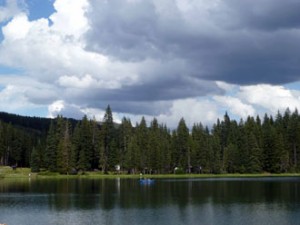
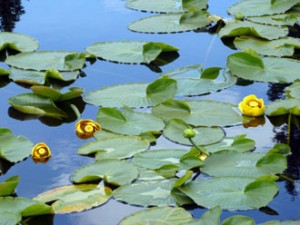
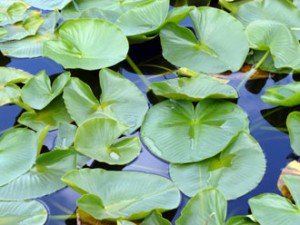
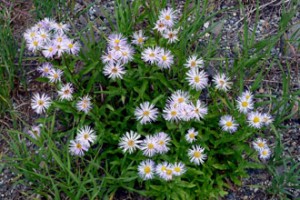
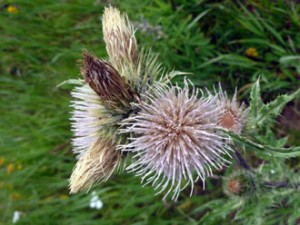
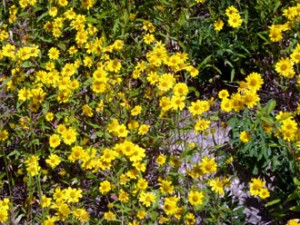
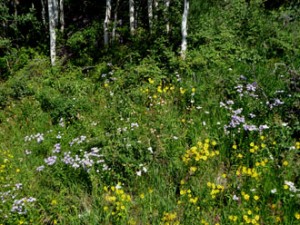
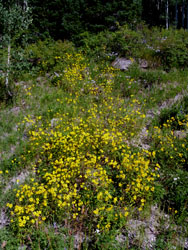
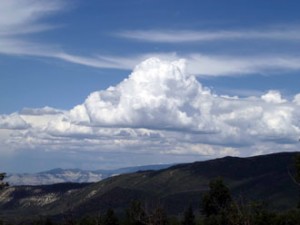
Leave a Reply